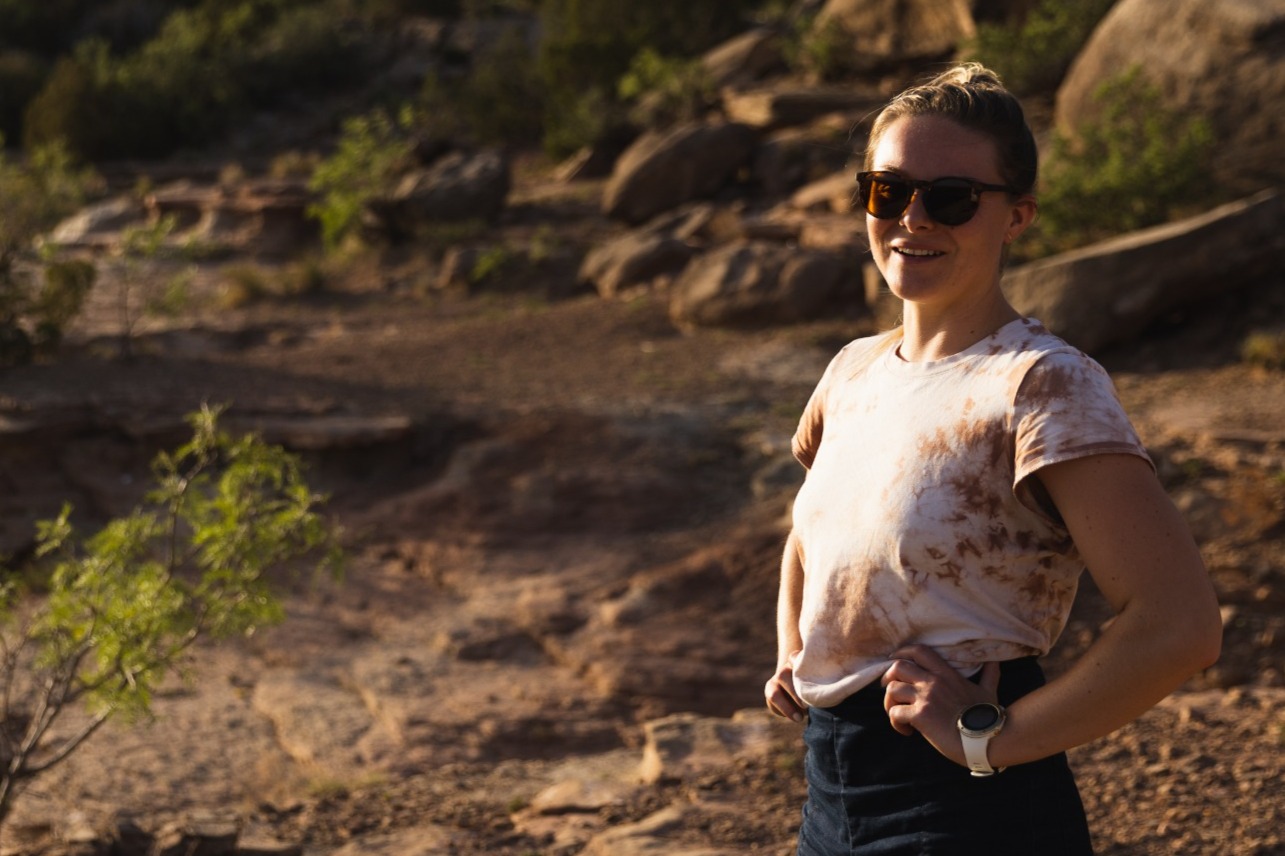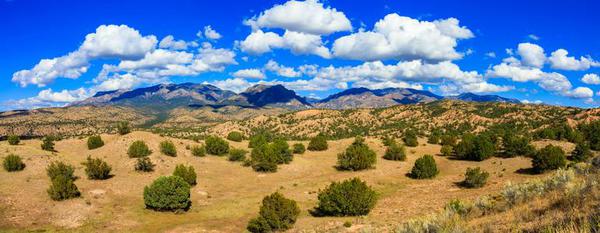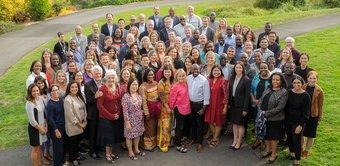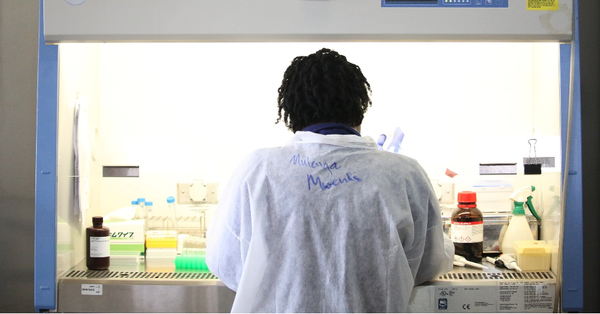

I'm a Science Storyteller, Conscious Consumer, Always Aquaphile, Jill-of-a-Few-Trades and sometimes, Captain.
I've worked in research, program planning and evaluation, communications management, project and property management, business development, and social impact strategy. Across countries, regions, and neighborhoods. In food production, clothing retail, public health, environmental protection, and residential development. I've found more similarities than differences across all those experiences.
I use storytelling to motivate action. I improve processes and information flows. I connect people and ideas. I'm currently pursuing my Master's in Marine Affairs at the University of Washington. Having lived aboard my sailboat for five years, I dream of a role at the heart of the blue economy, building working waterfronts and increasing climate resilience.
Below are a few articles I wrote both during my time at EarthLab--an interdisciplinary institute connecting researchers at the University of Washington with climate change-makers in the community--and freelancing.

Below are a handful of articles I wrote while supporting the Primary Health Care and Malaria teams at PATH, a global public health organization.

Miranda Bennett Studio is a small sustainable clothing brand. We cut, dye, sew, style, and ship all from our production and flagship spaces in Austin. We prioritize plant-based dyes, natural fibers, and versatile designs to eschew fast fashion standards. None of our scraps or items end up in a landfill.
In 2022, we began a comprehensive review of our environmental, social, and governance practices. We undertook a B Corp Assessment and obtained the Austin Green Business Leader certification.








